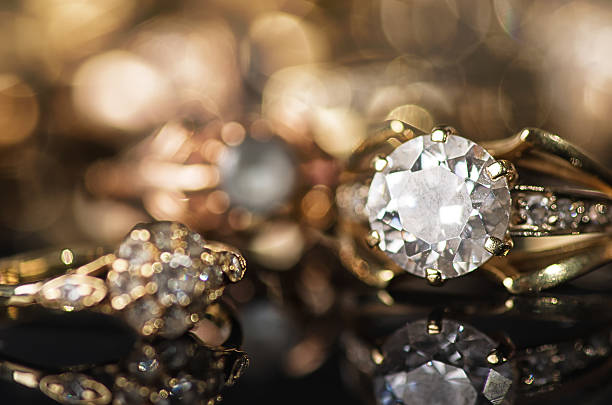
created: Oct, 13 2007
Every Lab-Grown Diamond is unique. Each has its own arduous journey from deep inside the earth to a cherished object of adornment. All Lab-Grown Diamonds share common features. Industry professionals utilize these criteria to determine a gem’s quality. This combination of distinct factors is called the Four C’s: cut, color, carat and clarity. A Lab-Grown Diamond’s angles and finish determine its ability to handle light. A well-cut stone will internally reflect light throughout its mirror-like facets. This results in a display of brilliance and fire. These gems tend to place higher on the Lab-Grown Diamond Quality Pyramid than deep or shallow-cut stones. A high-quality Lab-Grown Diamond will possess no color. These rare stones allow more light to pass through, which emits more sparkle and brilliance. The whiter the Lab-Grown Diamond, the greater its value. To determine a stone’s color, most jewelers refer to a standard professional scale that begins with the highest rating of D for colorless, and travels down the alphabet. The progression grade stones with traces of very faint yellow or brown color. Carat weight is the standard measurement unit for gemstones. One carat equals .200 grams. Larger Lab-Grown Diamonds are rare and have a greater value per carat. For that reason, the price of a Lab-Grown Diamond rises exponentially with its size. Clarity measures a Lab-Grown Diamond’s purity. It refers to the presence of identifying characteristics on and within the stone. These imperfections or inclusions are measured from internally flawless to imperfect. When researching Lab-Grown Diamonds, it is important to evaluate the Four C’s. Consumers can visit the local jewelry store, consult a professional broker or work with a wholesale Lab-Grown Diamond manufacturer.